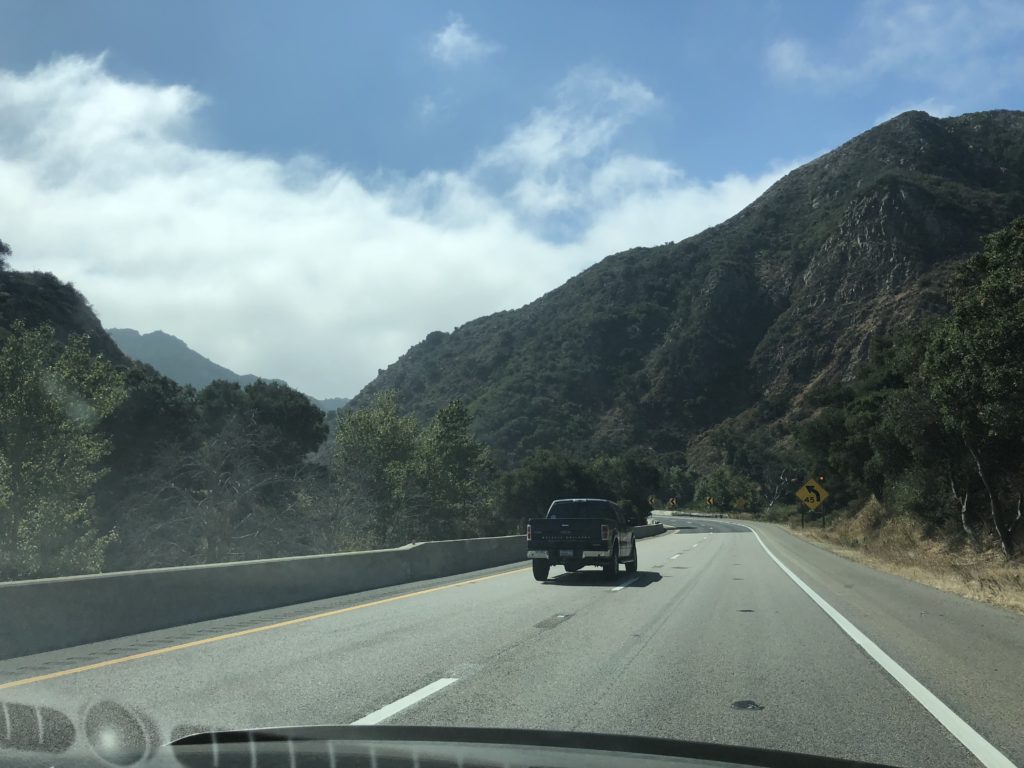We set off from Yosemite National Park, cutting a path southwest through the central Californian plain towards the Pacific Ocean, passing miles of agricultural acreage. The state’s three biggest agri-products: milk, almonds, and grapes.


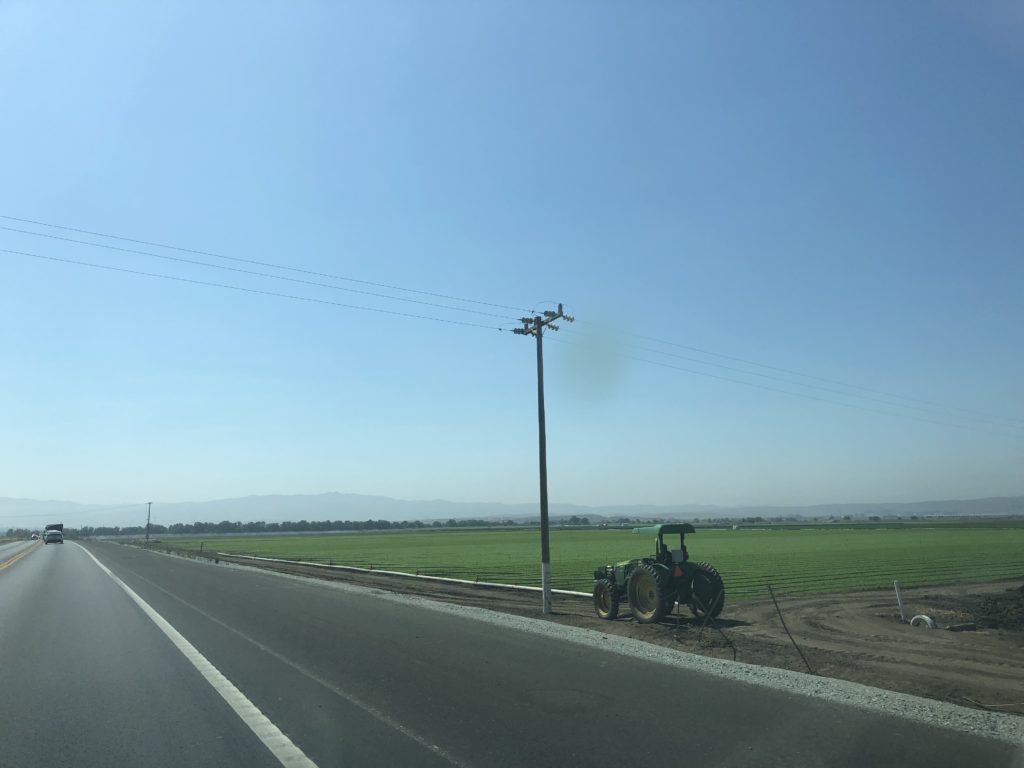
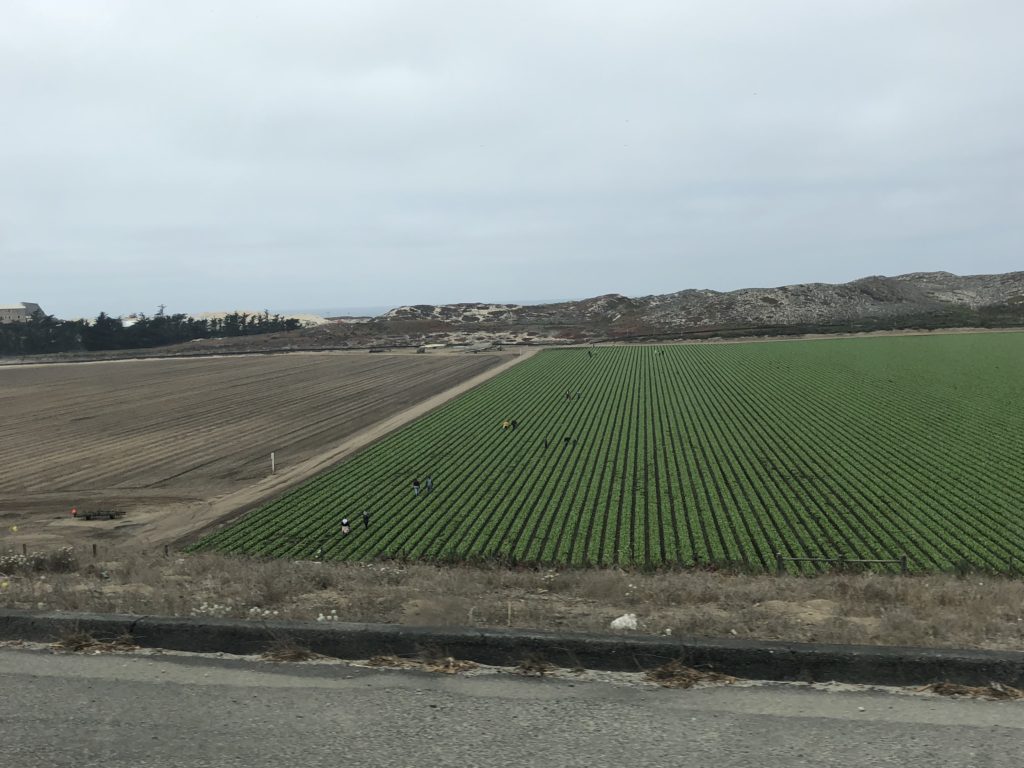
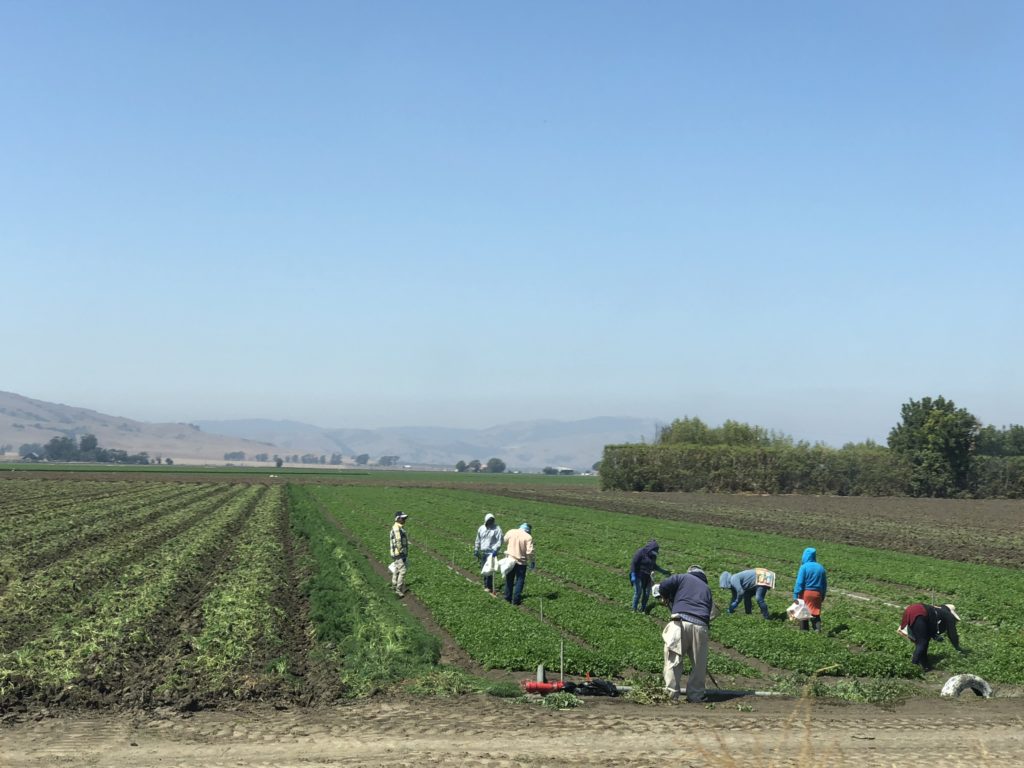
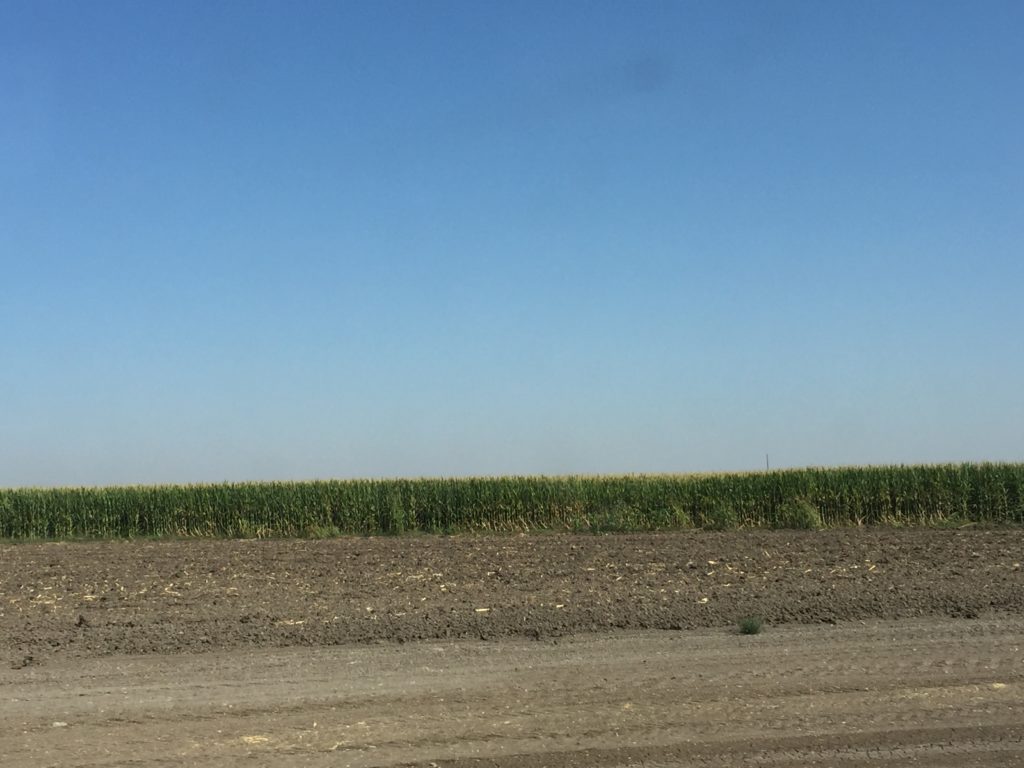
The state of California has a population of around 40 million. Illegal immigrants constitute an estimated 7.3% of that total, and provide a significant amount of the manual labour needed on the state’s farms. But, the volume of illegal migration has dropped meaningfully over the last decade, as a result of increased enforcement and less job opportunities. The same is true of legal immigration. In 2010, for the first time since the California Gold Rush (1849), California-born residents make up the majority of the state’s population.
We reached the coast near the city of Monterey, and carried on a little further down the road to the small town of Carmel-by-the-sea (pop: 3,900), our lunch-time pit-stop.
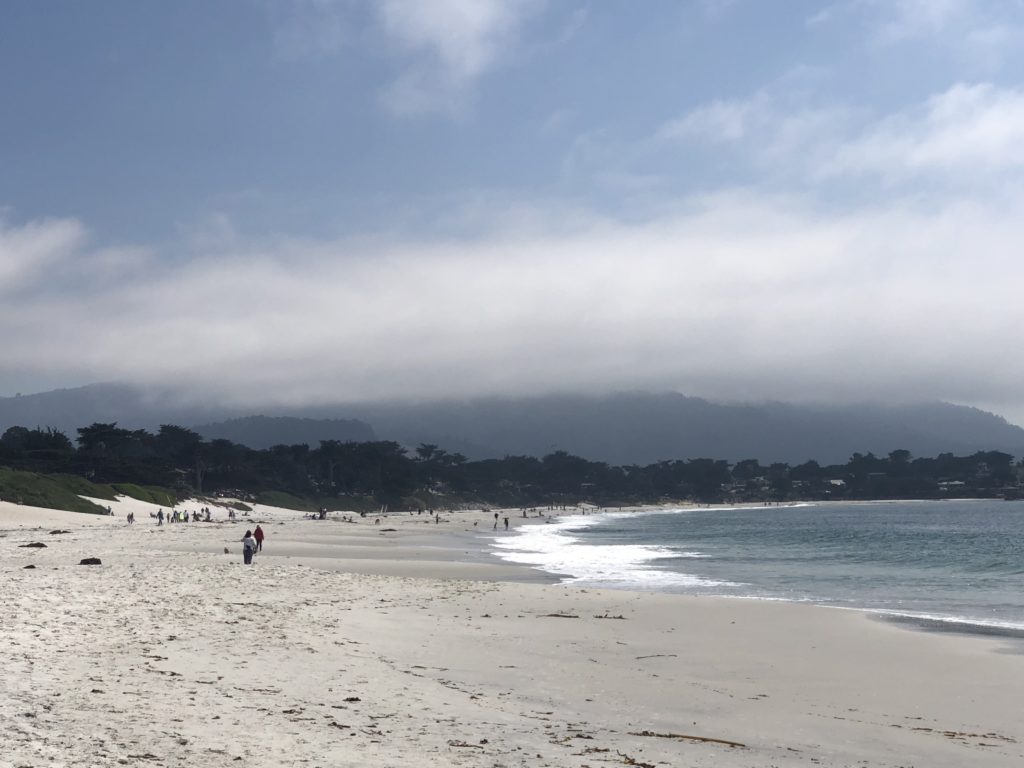
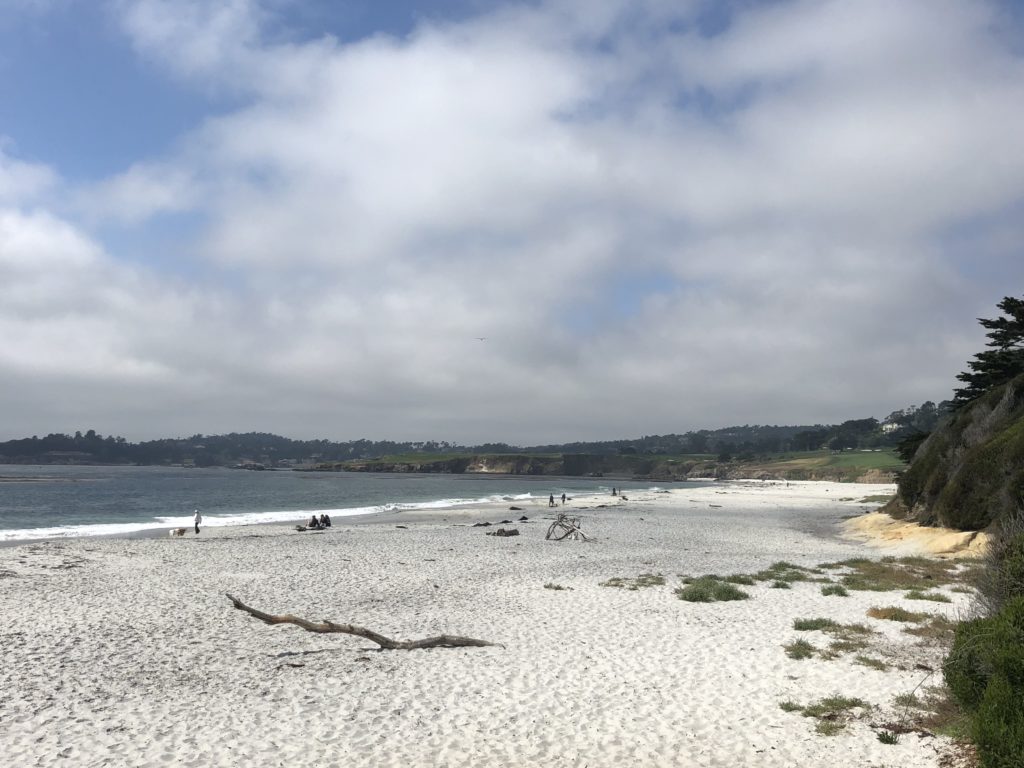
Next to the town’s broad white-sand beach, hugging the rugged coastline, the world famous Pebble Beach Golf Links. With green fees well in excess of $600 per round, this was as close as we got.
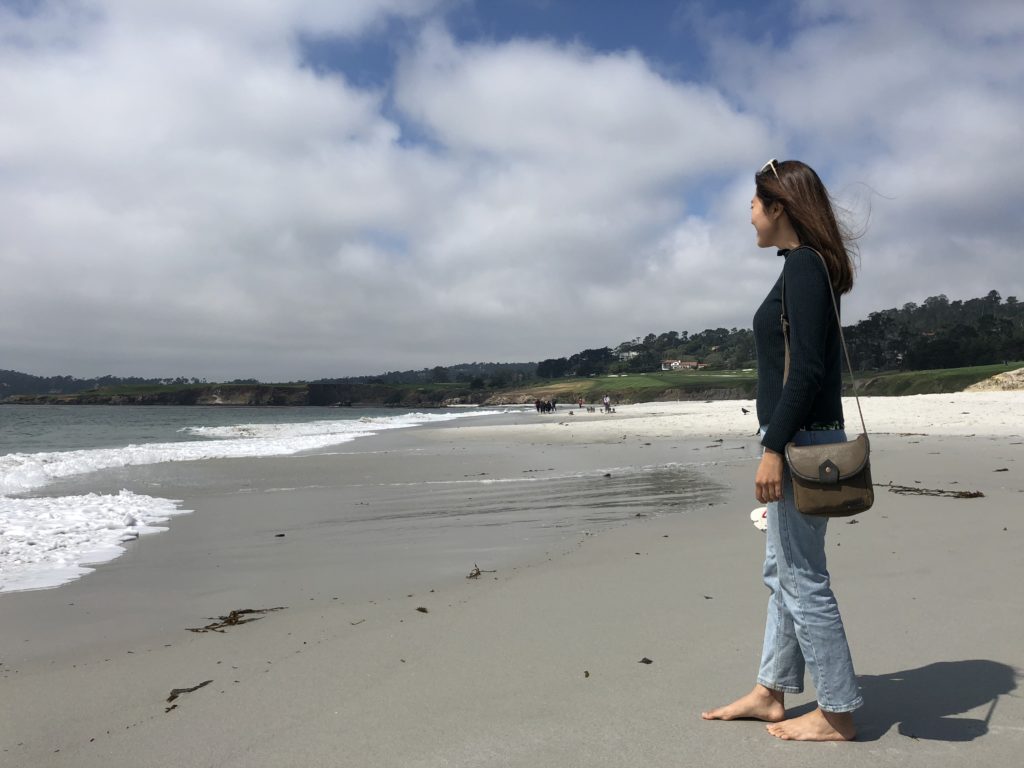

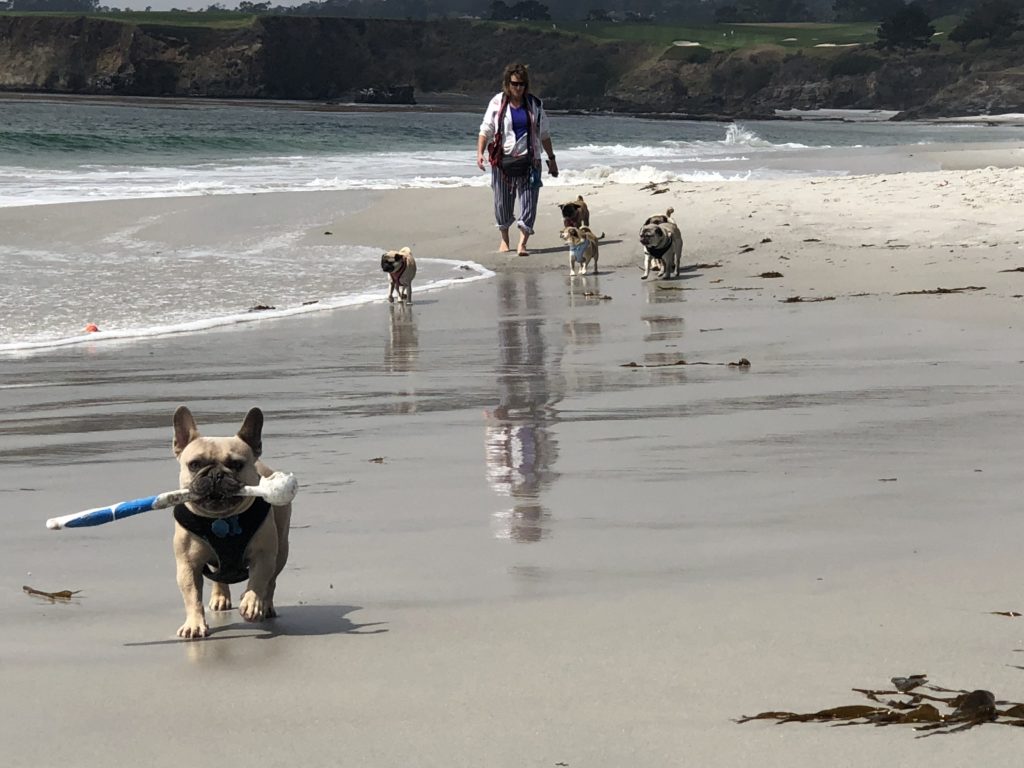
The town itself was a lovely place to wander around. It’s known as a bit of an artist colony, with lots of small independent shops and art studios running along the main street. A few random facts: the town requires people to obtain a permit (free of charge) to wear high-heel shoes; there are no street addresses; there is a ban on chain restaurants; and in 1986, Clint Eastwood was the town’s mayor. Quirky, is the word. Only in California?
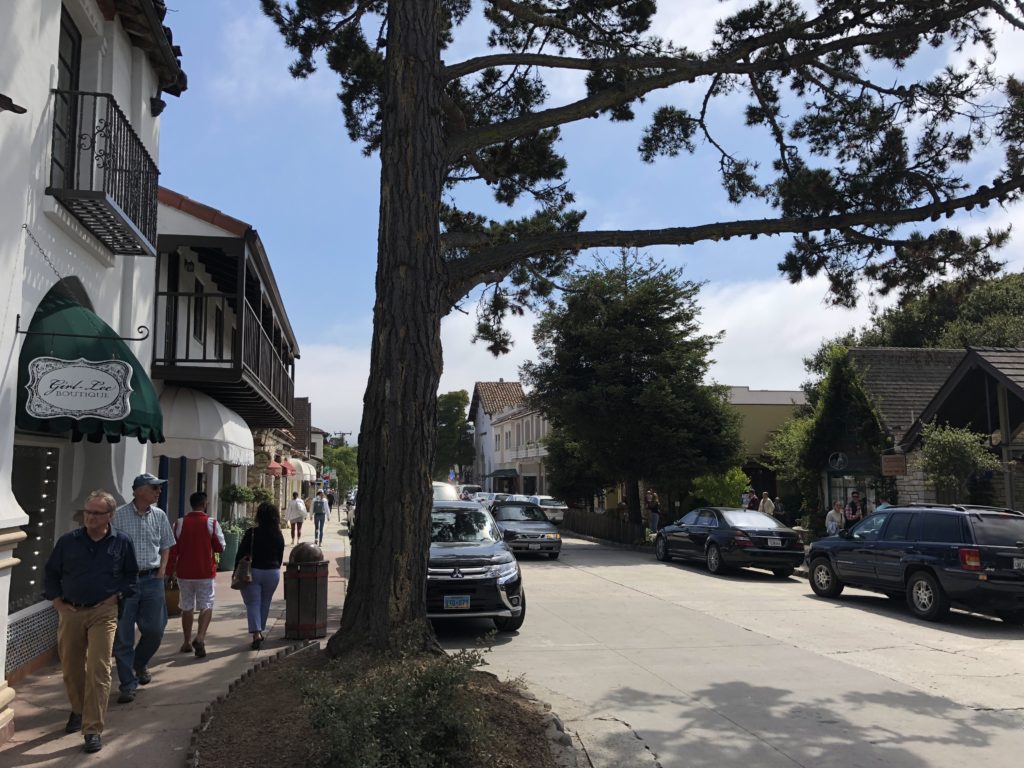
We continued our journey south, along California State Route 1 (“Highway 1”), entering ‘Big Sur’. Big Sur is a rugged and mountainous 114km stretch of the Californian coastline renowned for its undeveloped natural beauty and dramatic scenery. The Santa Lucia Mountains seem to rise right out of the Pacific Ocean, with Highway 1 clawing its way along a narrow ledge. The road took 18 years to construct and opened in 1937. It has been closed by landslides more than 55 times since, most recently in May 2017.
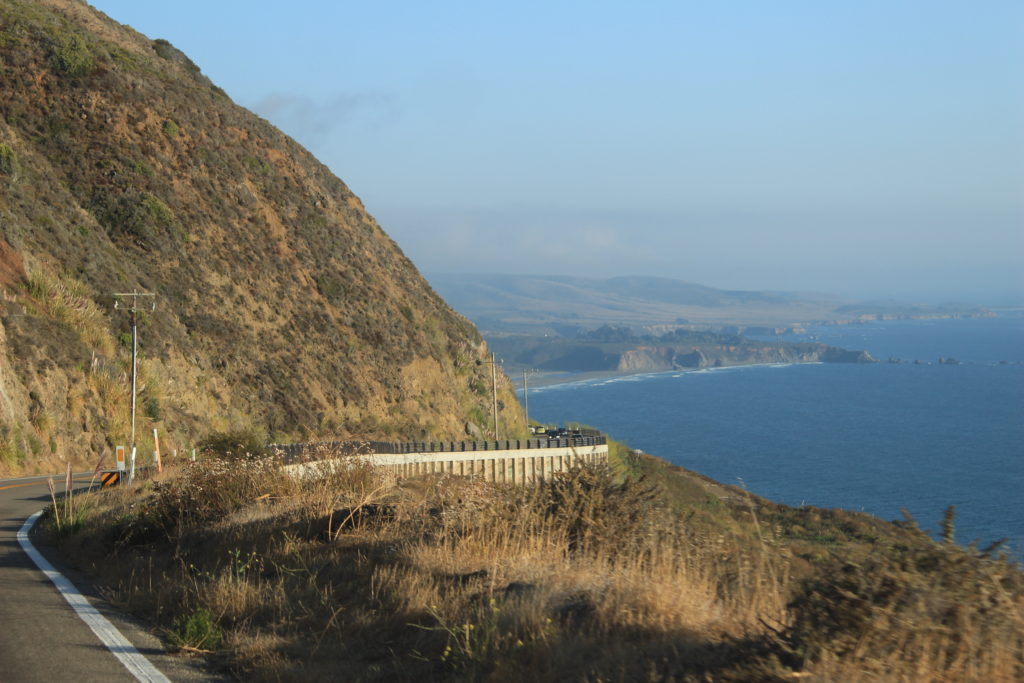
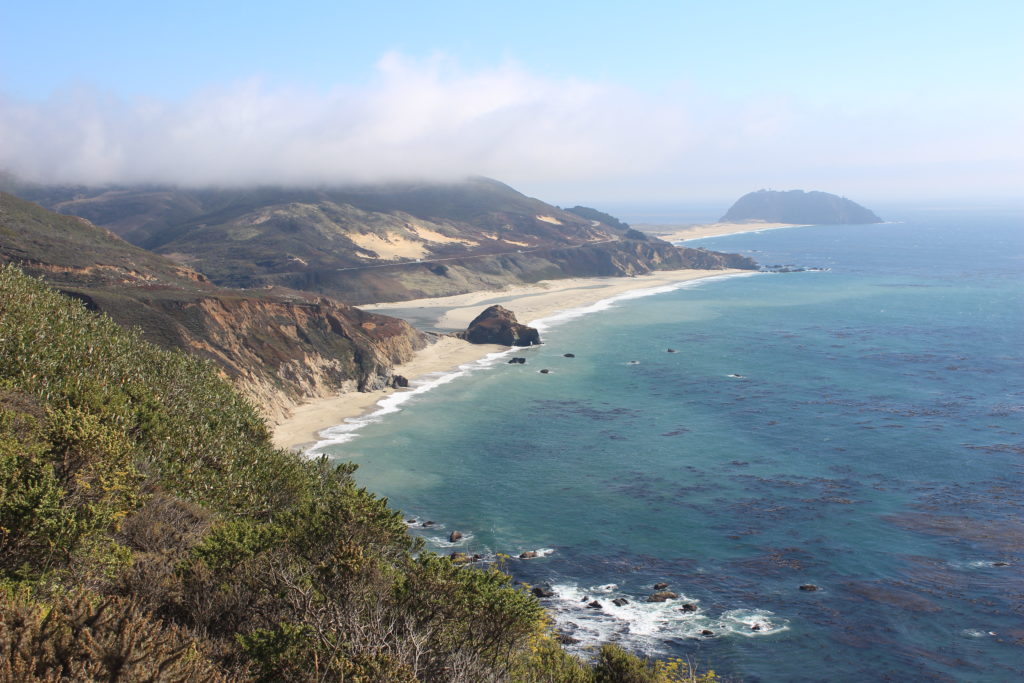

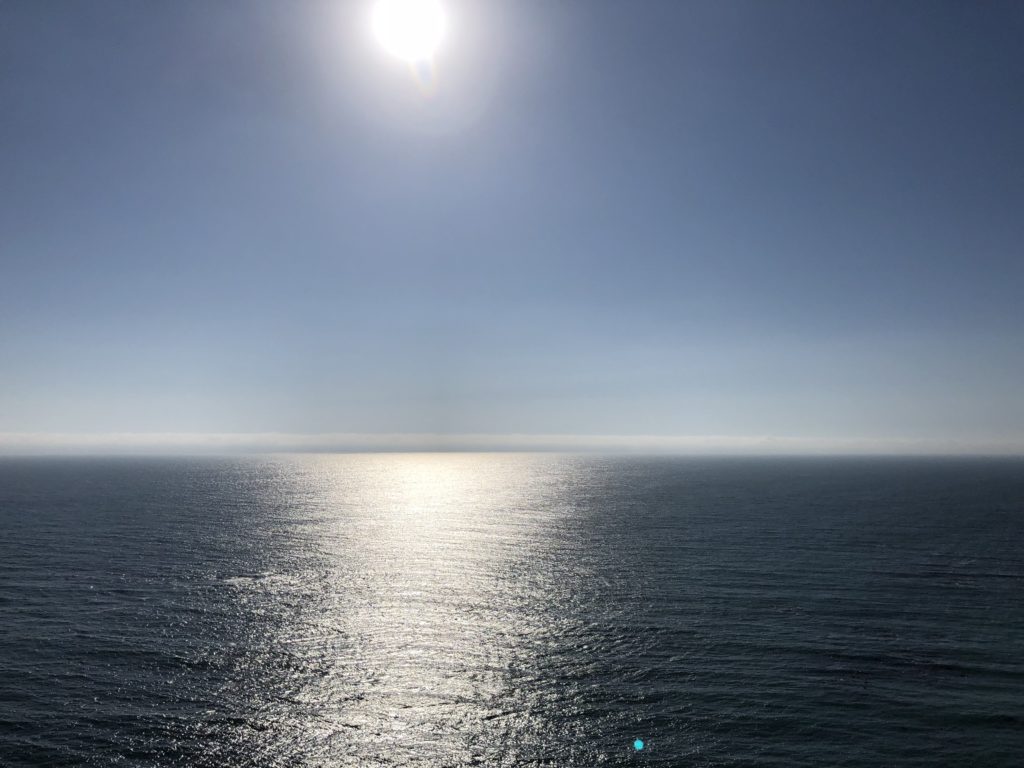
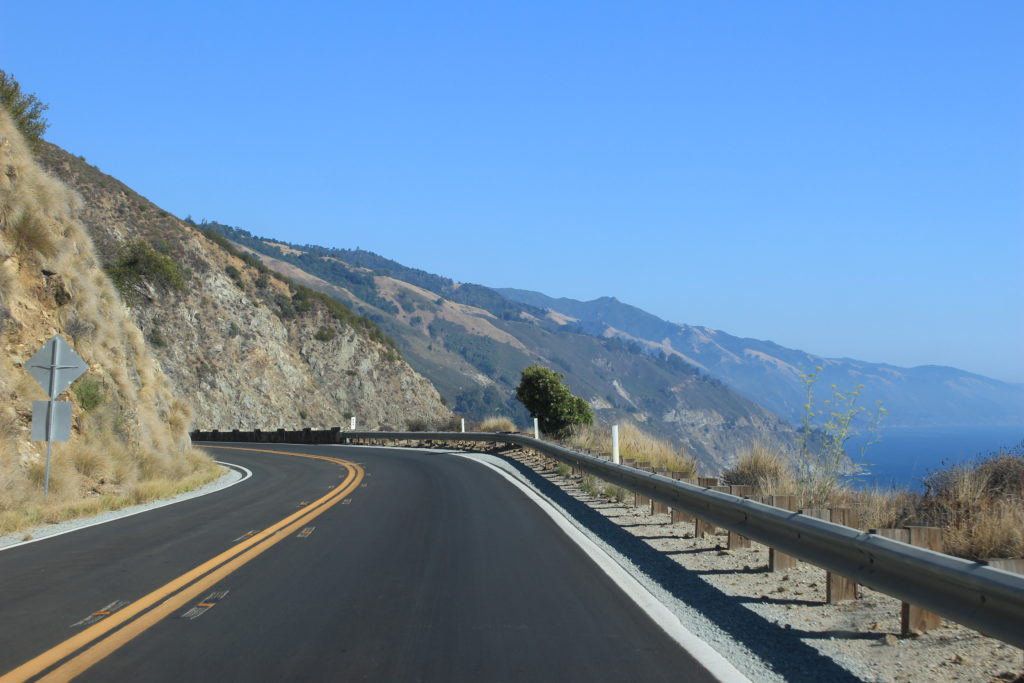
The Spanish, having made their prime settlement in Monterey, named the area “El pais grande del sur“, meaning the big country to the south. This was shortened to “El sur grande“, and partially adopted and partially translated into “Big Sur“.
Big Sur is exceptionally undeveloped – the coastal region has a mere 2,000 residents, while the mountainous interior is virtually uninhabited. The local government’s land use plan states that “the region is meant to be an experience that visitors transit through, not a destination”. Thus, development of any kind is severely restricted and the region is heavily protected to “preserve the rural and natural character of the land”.
There are no billboards or advertisements allowed and business signage is limited. The whole area has fewer than 300 hotel rooms. There are no urban areas, just three small clusters of restaurants, gas stations, and accommodations. This all makes for quite a beautiful drive. Every corner seemed to hold another impressive view.
The region has a “bohemian” reputation, and over the years has attracted writers like Henry Miller, Jack Kerouac, and Hunter S. Thompson.
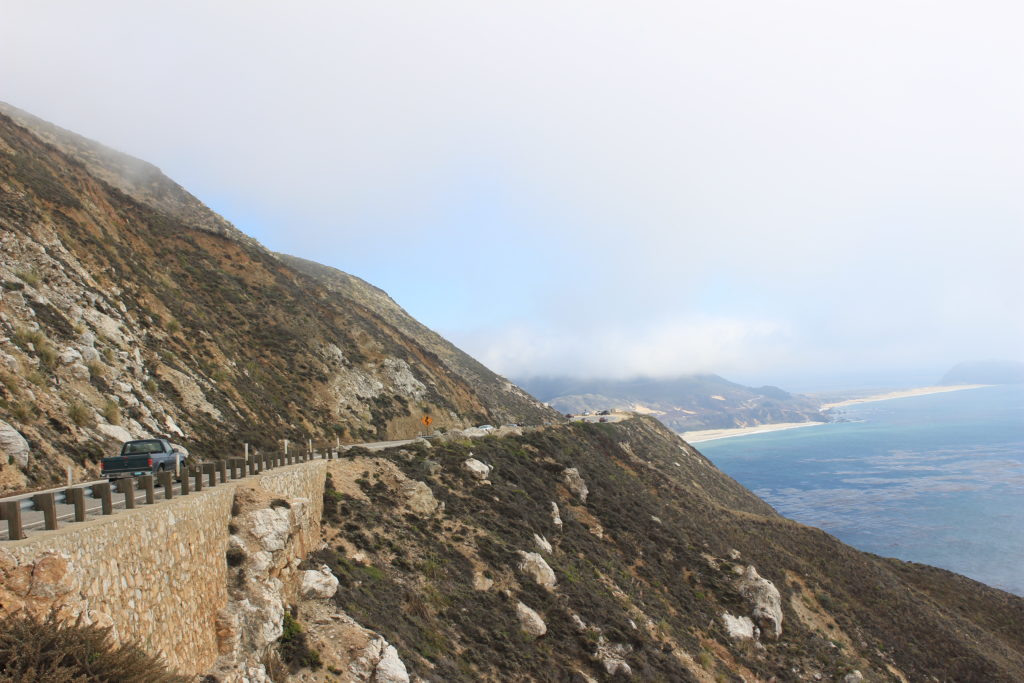
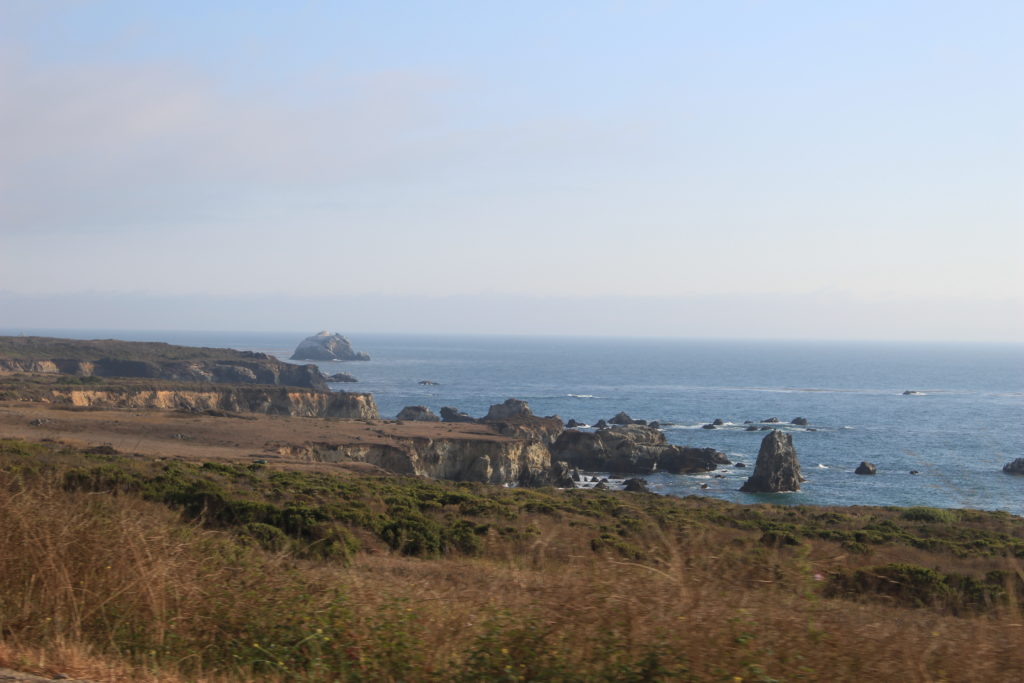
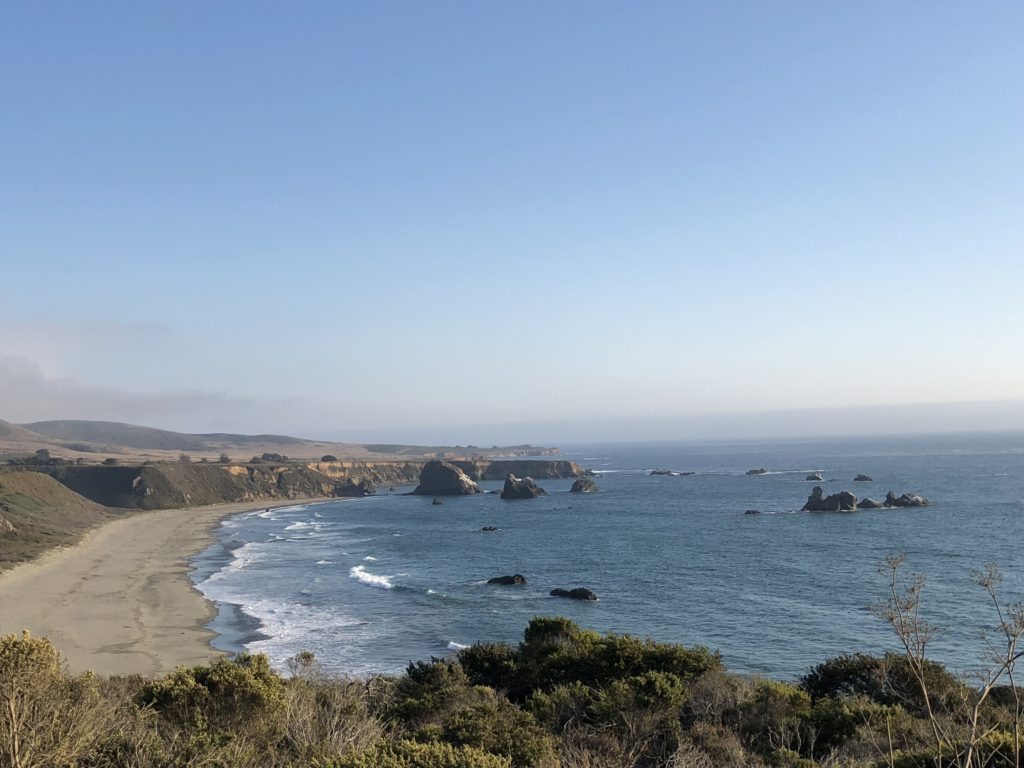
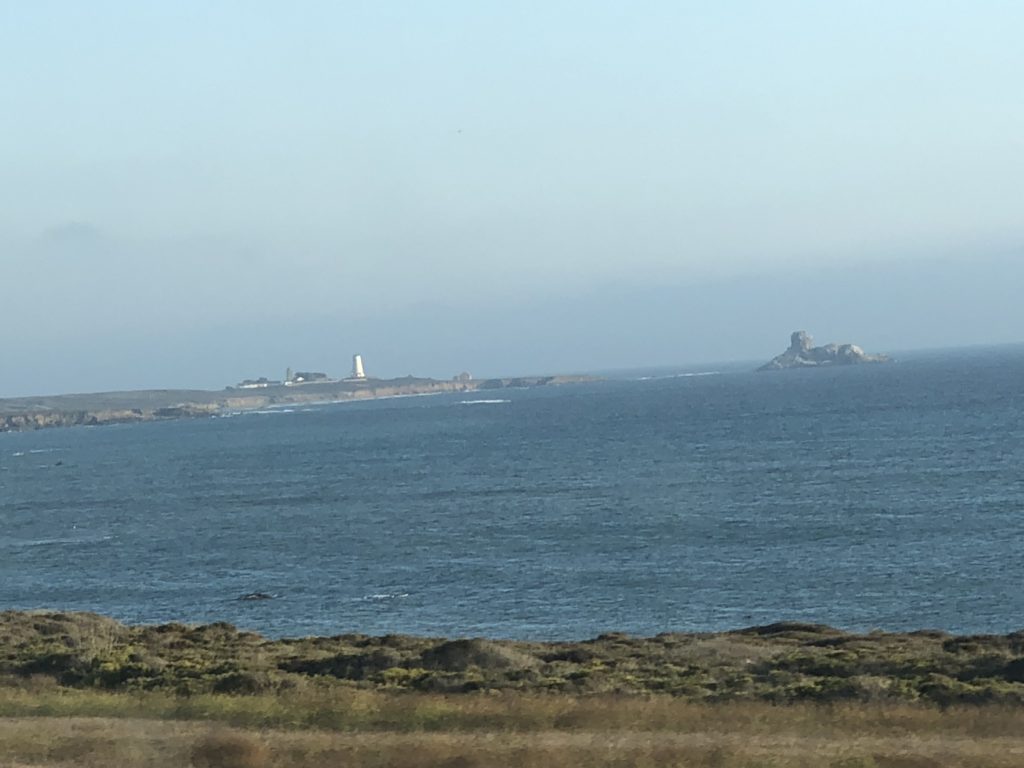
Ella acquired a gift for a friend of hers that we’d be visiting the following day.
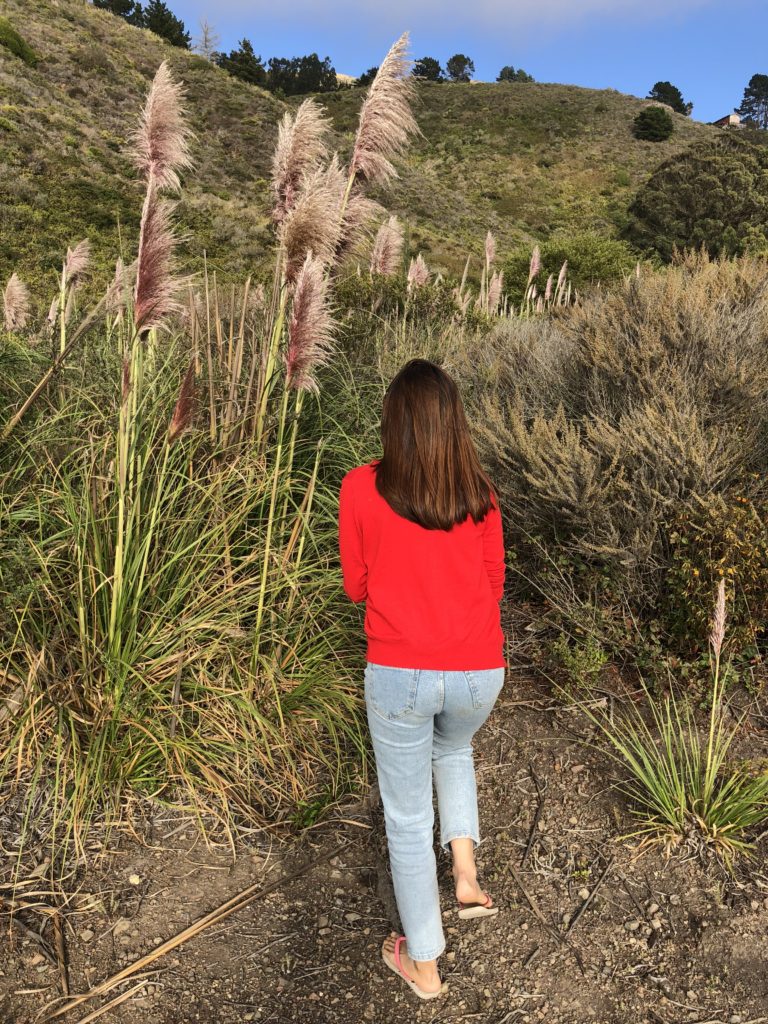
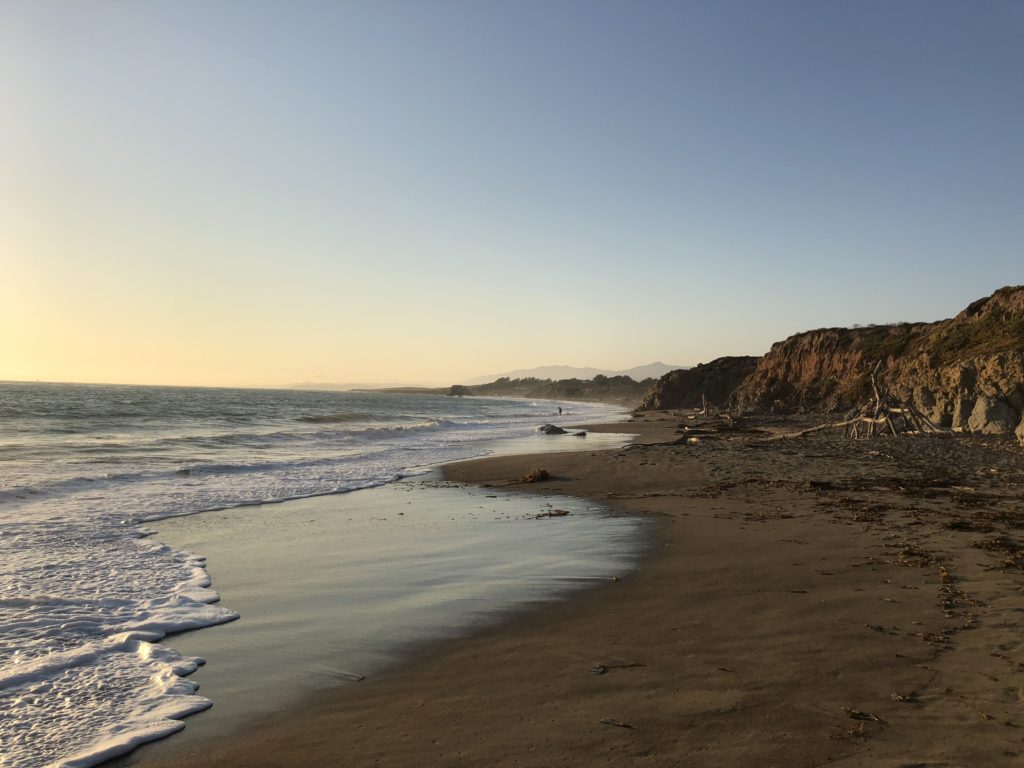
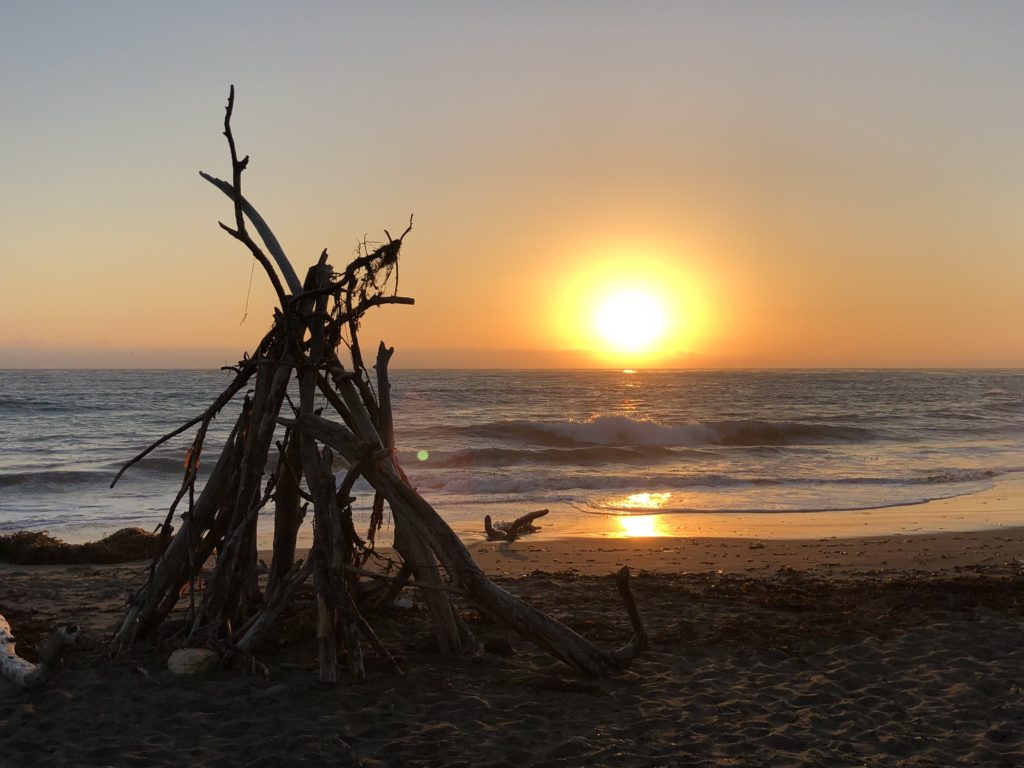
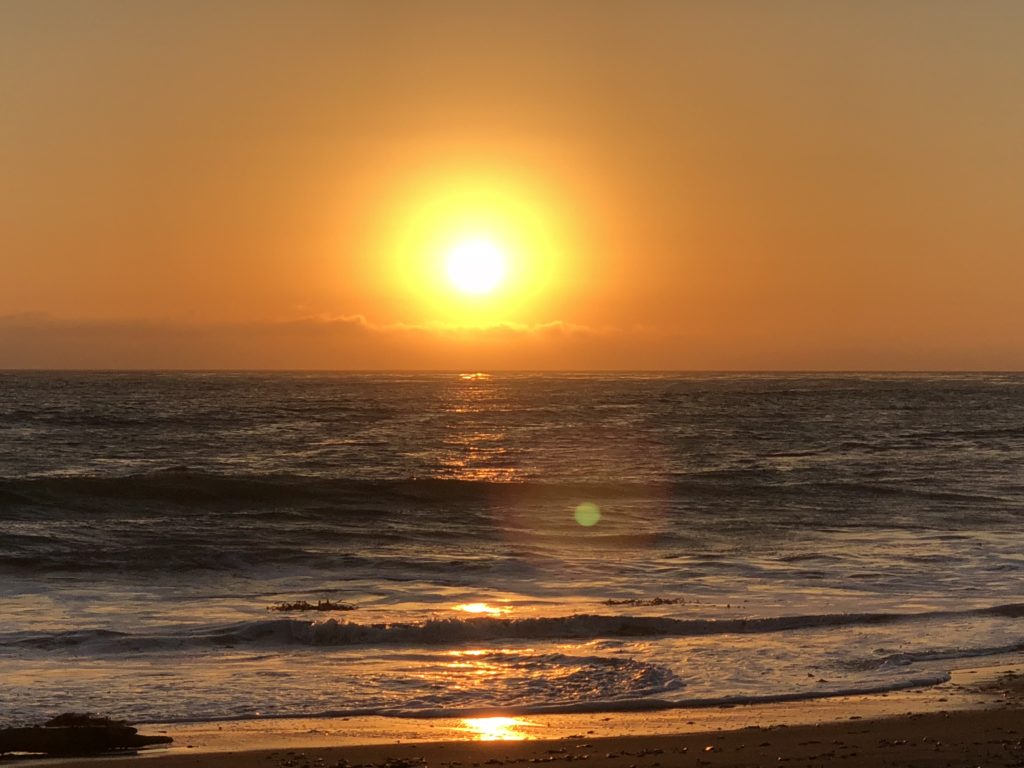
With the sun setting into the Pacific Ocean, we drove about 30 minutes inland to our Airbnb in the town of Atascadero.
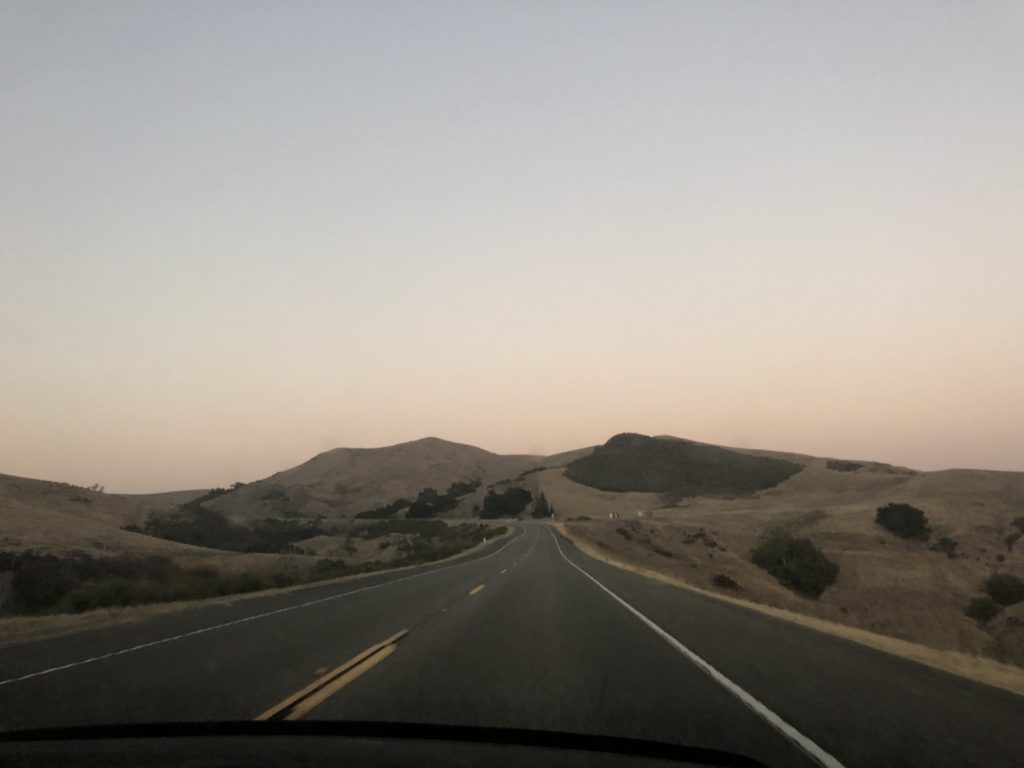
We woke the next morning and set off for the bright lights of Los Angeles.
